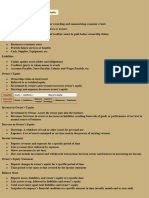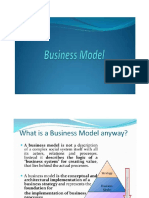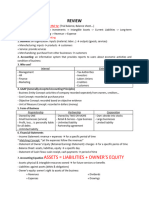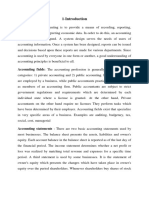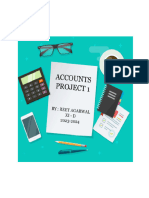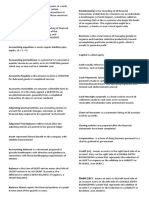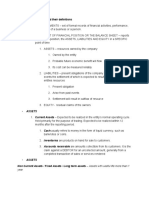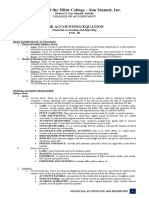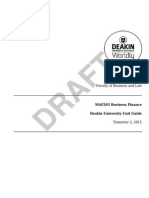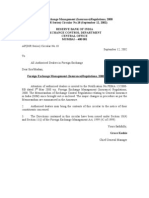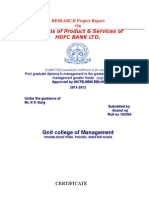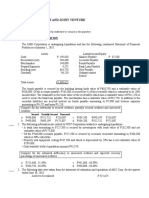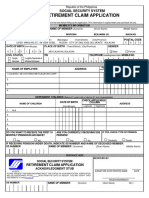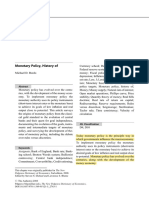0% found this document useful (0 votes)
17 views8 pagesAssignment
The document outlines an assignment for a diploma examination in Financial Management for IT at KCA University, covering key accounting concepts, advantages of accounting, the financial accounting cycle, and the purpose of source documents. It includes specific questions regarding accounting users and a trial balance for Geobec Petro Ltd, requiring the preparation of an income statement and a statement of financial position. The document emphasizes the importance of accurate financial reporting and compliance with accounting principles.
Uploaded by
piousirunguCopyright
© © All Rights Reserved
We take content rights seriously. If you suspect this is your content, claim it here.
Available Formats
Download as DOCX, PDF, TXT or read online on Scribd
0% found this document useful (0 votes)
17 views8 pagesAssignment
The document outlines an assignment for a diploma examination in Financial Management for IT at KCA University, covering key accounting concepts, advantages of accounting, the financial accounting cycle, and the purpose of source documents. It includes specific questions regarding accounting users and a trial balance for Geobec Petro Ltd, requiring the preparation of an income statement and a statement of financial position. The document emphasizes the importance of accurate financial reporting and compliance with accounting principles.
Uploaded by
piousirunguCopyright
© © All Rights Reserved
We take content rights seriously. If you suspect this is your content, claim it here.
Available Formats
Download as DOCX, PDF, TXT or read online on Scribd
/ 8



